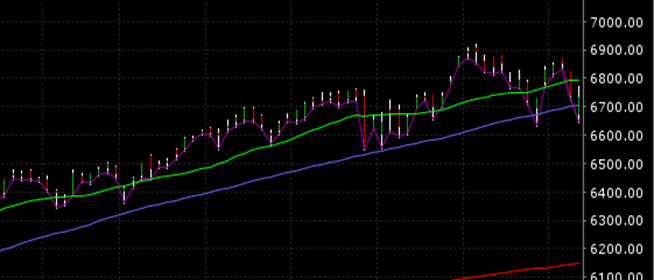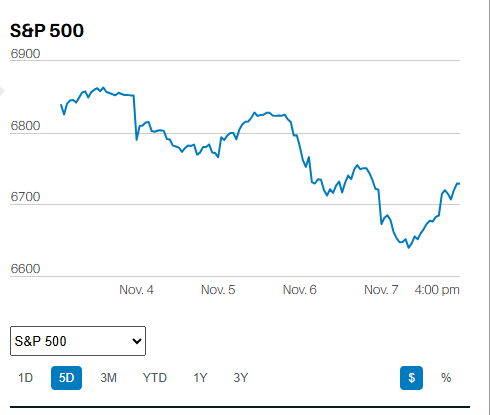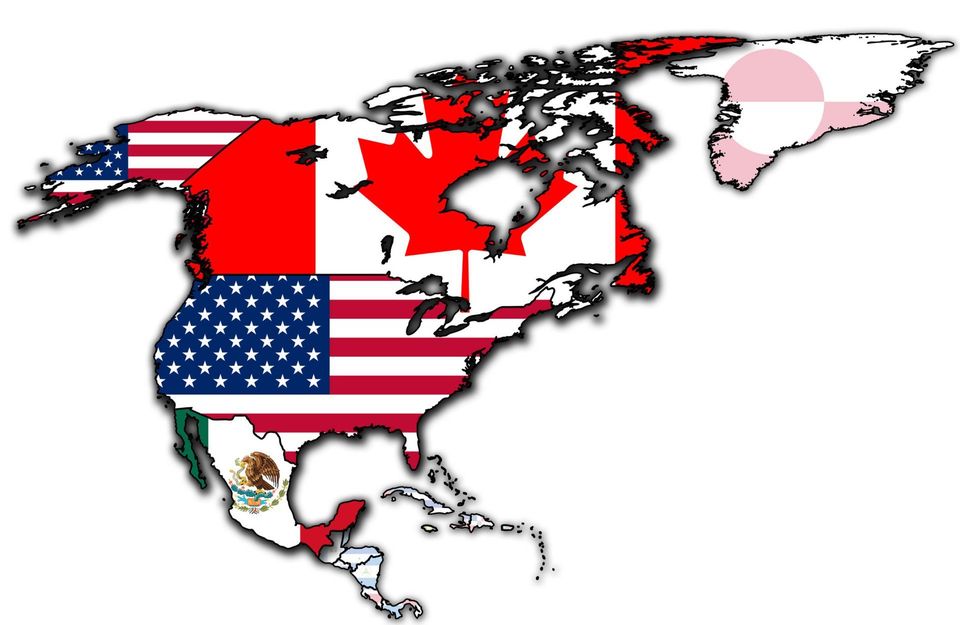NAFTA PULL OUT MEANS JOB LOSSES AND INFLATION
Businesses are profit seeking. Profits are maximized when the difference between sales price and manufacturer cost is as large as possible.
U.S. Auto manufacturers source materials and parts from the quality adjusted, lowest cost suppliers in order to maximize profits. U.S. auto manufacturers would source materials and parts from U.S. auto parts suppliers if U.S. auto parts suppliers were the quality adjusted, lowest cost suppliers. The United States automotive sector exports and imports billions of dollars of parts from both Canada and Mexico to keep production costs as low as possible.
Losing access to the lowest cost suppliers would negatively impact U.S. auto manufacturers’ profits unless they could pass the cost increases on to consumers. If U.S. auto manufacturers could not raise prices, they would likely attempt to cut costs by replacing more expensive labor with less expensive technology, leading to job losses in the U.S. If U.S. auto manufacturers did raise prices, there would be a decrease in demand for U.S. manufactured cars. Consumers would pay more for U.S. manufactured cars, but also buy fewer U.S. manufactured cars. The decline in demand for U.S. manufactured cars would lead to cutbacks in production that would result in job losses in the U.S. Additionally, the rise in car prices would add to the inflation rate.
All other industries in the U.S. that rely on a global supply chain that includes Mexico and Canada would face the same choice if the U.S. pulled out of NAFTA. Those industries could maintain prices and accept reduced profitability in the short run, while seeking to cut costs by replacing labor with cheaper technology in the longer run OR those industries could raise prices, accept a decline in demand for their products, and cut production to bring supply and demand back into balance, resulting in job losses. Again, the increase in prices would add to the inflation rate.
The Business Roundtable (BRT) is a politically conservative group of chief executive officers of major U.S. corporations formed to promote pro-business public policy. The Business Roundtable has said that pulling out of NAFTA will result in, “the loss of 1.8 million U.S. jobs in the first year; A 2.5 – 5.0 percent annual drop in U.S. exports in the short- to medium-term (up to 5 years); and a boost to China’s economy with a 0.2 percent annual increase in GDP and a 2 million increase in Chinese employment (as Chinese products replace U.S. products in world markets) (BMO Financial Group, 2018)
Other interesting observations: Canada and Mexico together are less than 10% of the U.S. trade deficit. The United States has a trade surplus with Canada.












